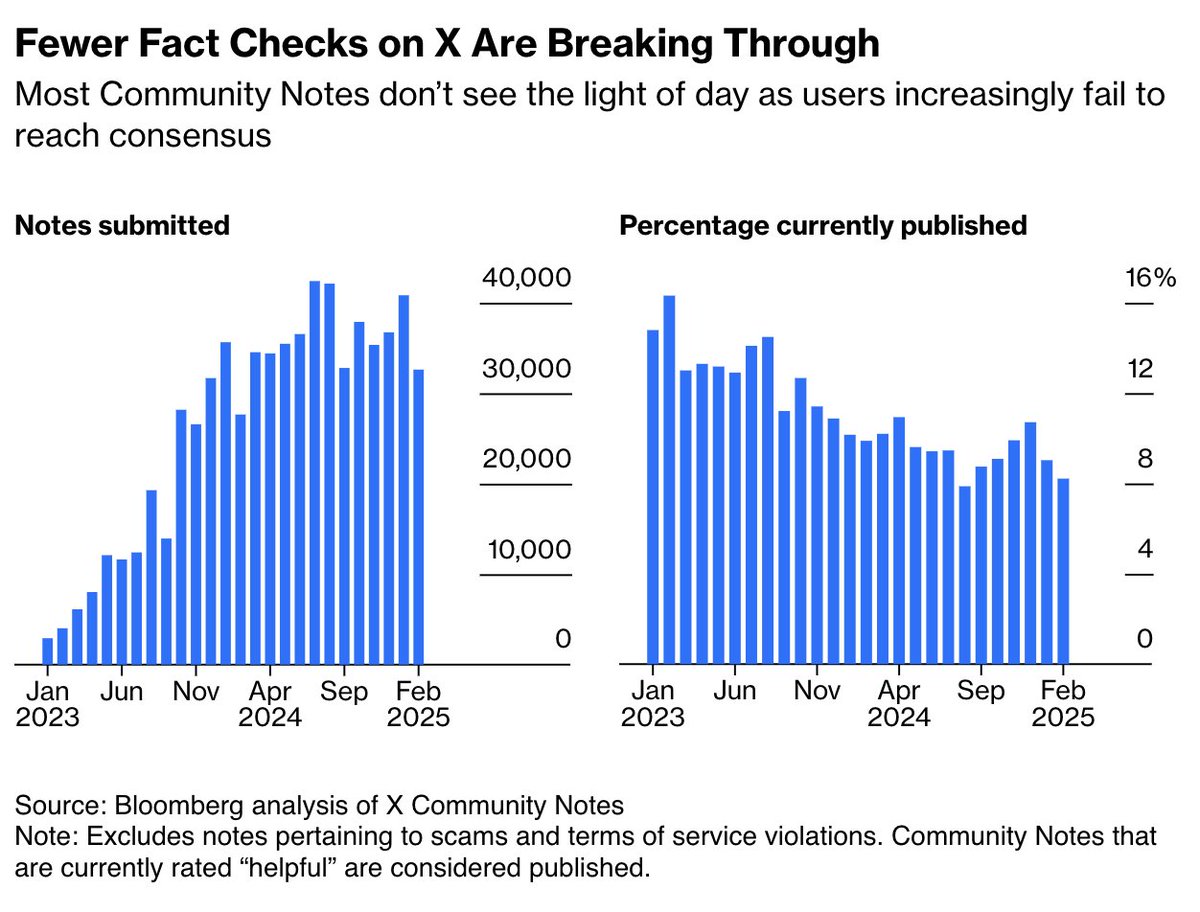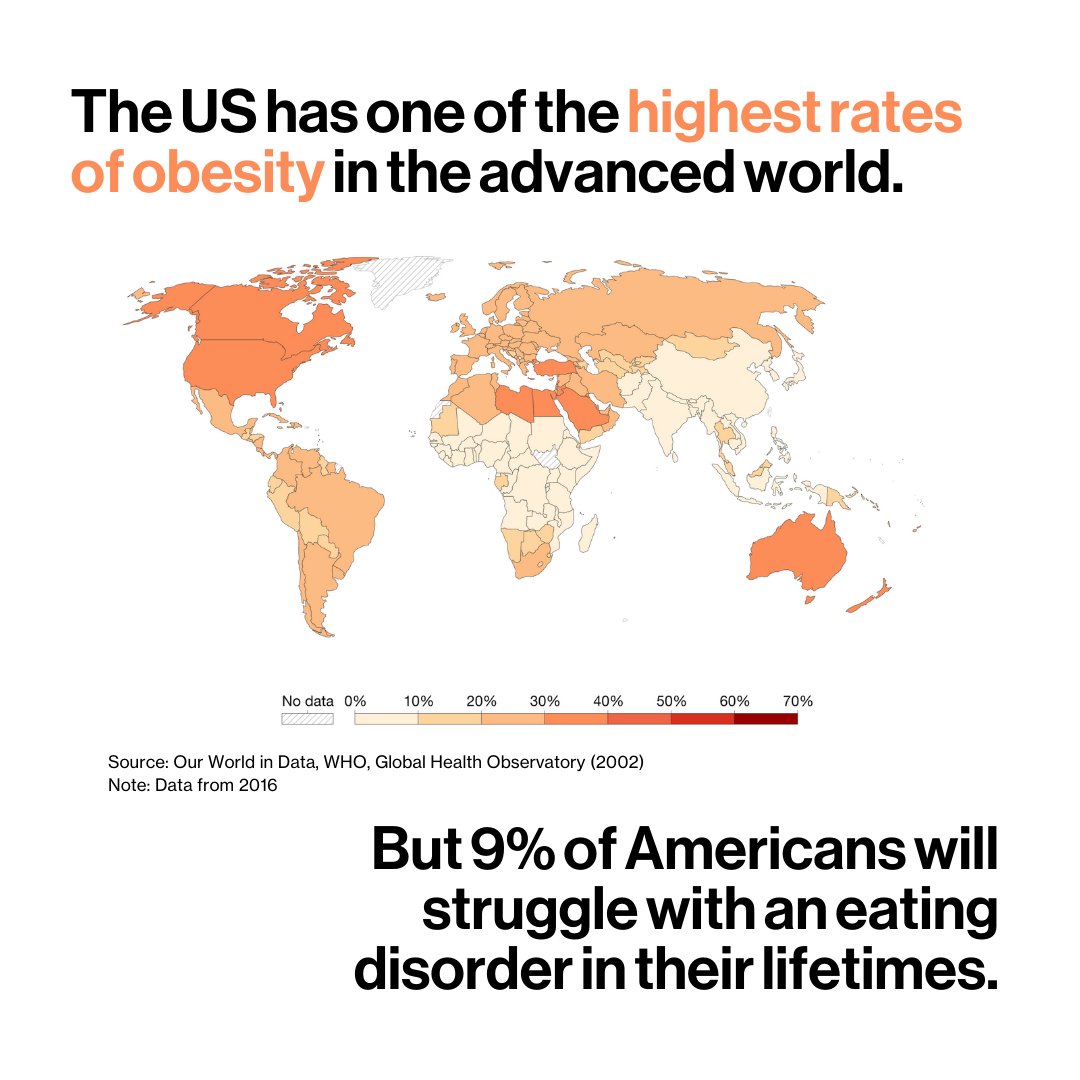Vertical farming, a system for growing food without soil or sun, is going mainstream.
It will be a crucial part of our adaptation to climate change trib.al/S9kQS86
It will be a crucial part of our adaptation to climate change trib.al/S9kQS86
AeroFarms is poised to be the first vertical-farming startup to be listed on the NASDAQ in the next month.
Its products — leafy greens grown in a former steel mill in downtown Newark, New Jersey — are sold in chains in and around New York City trib.al/5T4wysg
Its products — leafy greens grown in a former steel mill in downtown Newark, New Jersey — are sold in chains in and around New York City trib.al/5T4wysg

If the prospect of factory-grown veggies doesn't excite you, it should.
The market is forecast to grow to $15.7 billion by 2025, from $4.4 billion in 2019 trib.al/5T4wysg
The market is forecast to grow to $15.7 billion by 2025, from $4.4 billion in 2019 trib.al/5T4wysg

Vertical farming requires more energy and technology compared with conventional agriculture:
➡️ LED lights replace sunshine
➡️ Exposed roots are fed a nutrient-rich mist
➡️ Cameras and sensors gather data tracking the needs of the plants trib.al/5T4wysg
➡️ LED lights replace sunshine
➡️ Exposed roots are fed a nutrient-rich mist
➡️ Cameras and sensors gather data tracking the needs of the plants trib.al/5T4wysg
This kind of hyper-controlled indoor agriculture requires an expensive labor force of engineers, plant scientists and computer programmers.
Vertical farming also relies on urban real estate more expensive than rural farmland trib.al/5T4wysg
Vertical farming also relies on urban real estate more expensive than rural farmland trib.al/5T4wysg

💧 But here’s the important bit: Aeroponic farms use up to 95% less water than in-field vegetable production and grow food 30% to 40% faster.
They use as little as 0.3% of the land of a field farmer trib.al/5T4wysg
They use as little as 0.3% of the land of a field farmer trib.al/5T4wysg

While artificial lights will always be more energy intensive than sunshine, AeroFarms’ LED efficiency has increased 59% in five years.
The plants are grown without herbicides, fungicides or insecticides, gains for both the economics and human health trib.al/5T4wysg
The plants are grown without herbicides, fungicides or insecticides, gains for both the economics and human health trib.al/5T4wysg

Variables can be monitored precisely within a vertical farm, including:
➡️ Light
➡️ Moisture
➡️ Nutrients
➡️ Oxygen
➡️ CO2
➡️ Temperature
In turn, the flavors, nutrients and phenotypes of plants can be manipulated trib.al/5T4wysg
➡️ Light
➡️ Moisture
➡️ Nutrients
➡️ Oxygen
➡️ CO2
➡️ Temperature
In turn, the flavors, nutrients and phenotypes of plants can be manipulated trib.al/5T4wysg

Those in the vertical farming industry are well positioned to produce not just high-flavor and high-nutrient produce.
They will also produce high-profit ingredients for pharmaceuticals and nutraceuticals trib.al/5T4wysg
They will also produce high-profit ingredients for pharmaceuticals and nutraceuticals trib.al/5T4wysg
Traditional, in-ground agriculture will continue to produce the vast majority of our staple crops in the decades ahead.
Vertical farms, though, can play a key role in producing local and perishable specialty crops trib.al/5T4wysg
Vertical farms, though, can play a key role in producing local and perishable specialty crops trib.al/5T4wysg

Vertical farms can eliminate fuel-intensive long-distance trucking, along with food rot and waste.
When located in and near cities, they have the added advantage of being protected from supply chain disruptions like the ones we're seeing today trib.al/5T4wysg
When located in and near cities, they have the added advantage of being protected from supply chain disruptions like the ones we're seeing today trib.al/5T4wysg

High-tech agriculture is still high-risk: because there’s no soil or other barrier to protect the roots, even a small amount of bacteria or mold in the root chamber can harm the plants.
And any breakdown in the system can kill the crop trib.al/5T4wysg
And any breakdown in the system can kill the crop trib.al/5T4wysg

The drought crisis is a sign that the threat of weather volatility outdoors is surpassing any risks inside.
That vertical farming holds so much promise says less about its own merits than it does about the perils of agriculture in the climate-change era trib.al/5T4wysg
That vertical farming holds so much promise says less about its own merits than it does about the perils of agriculture in the climate-change era trib.al/5T4wysg
• • •
Missing some Tweet in this thread? You can try to
force a refresh














